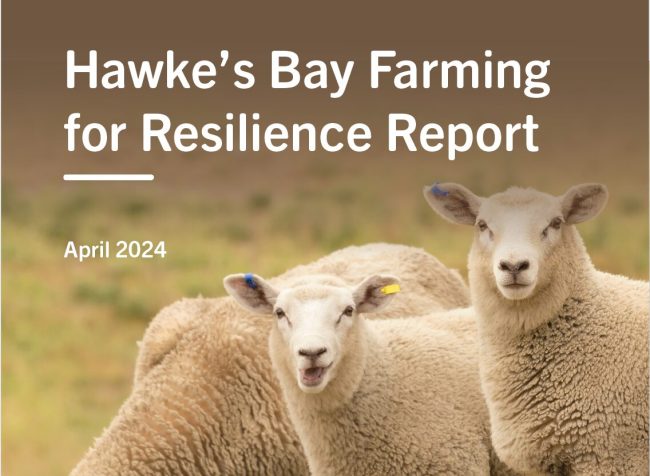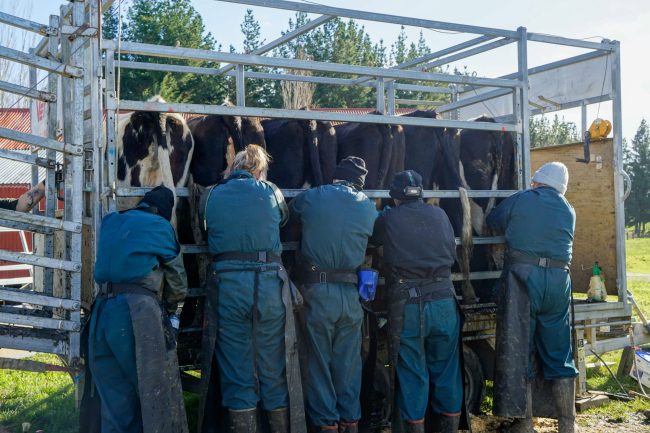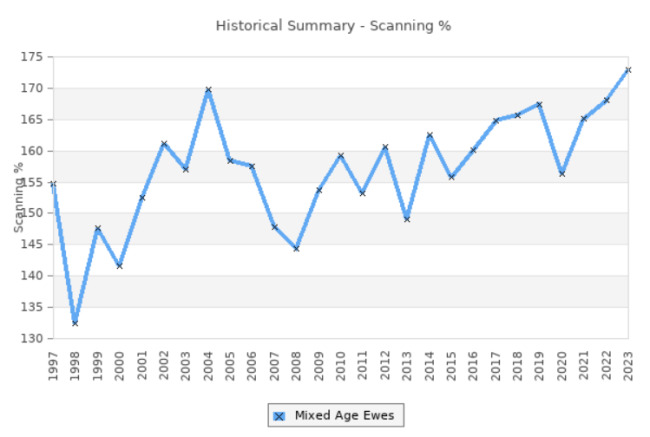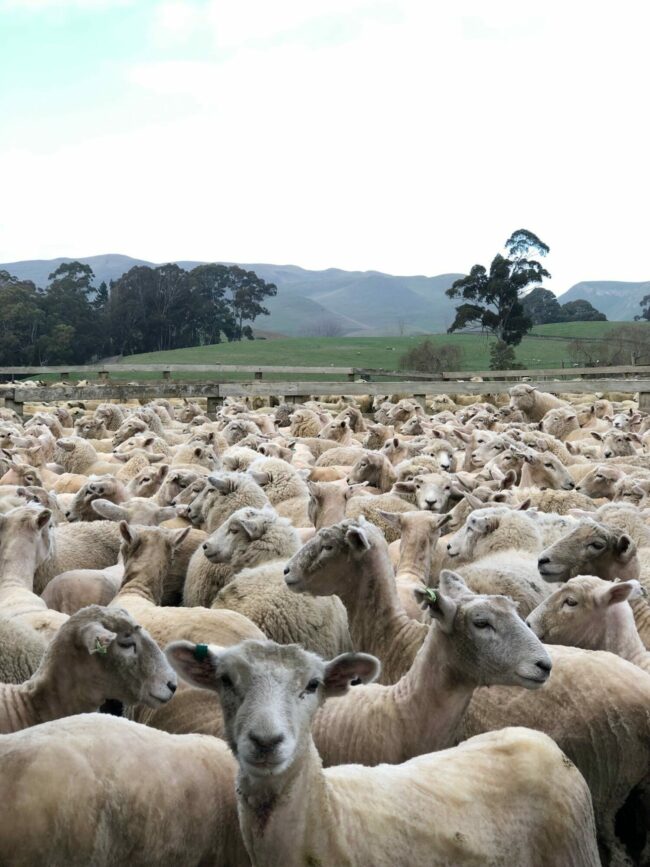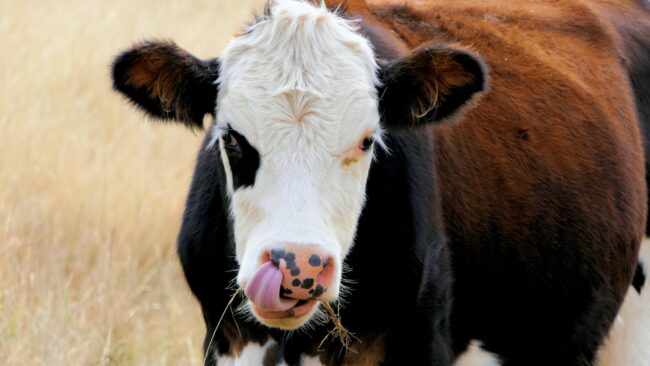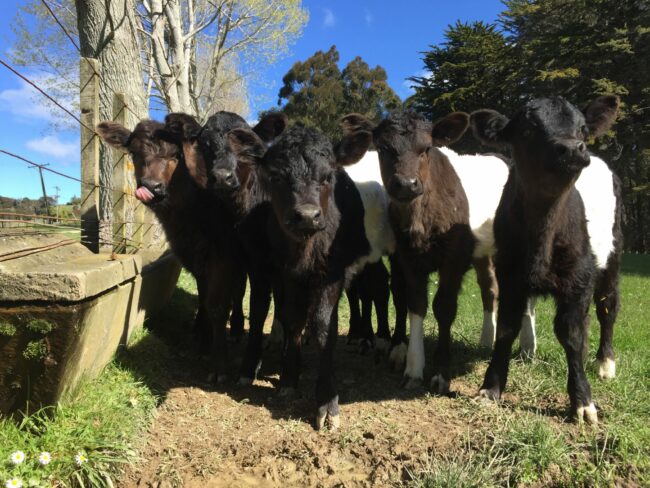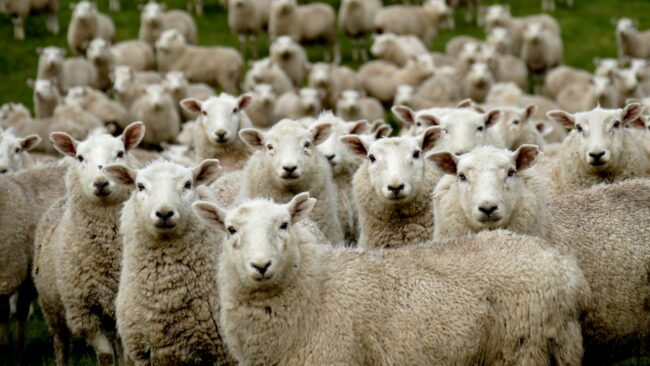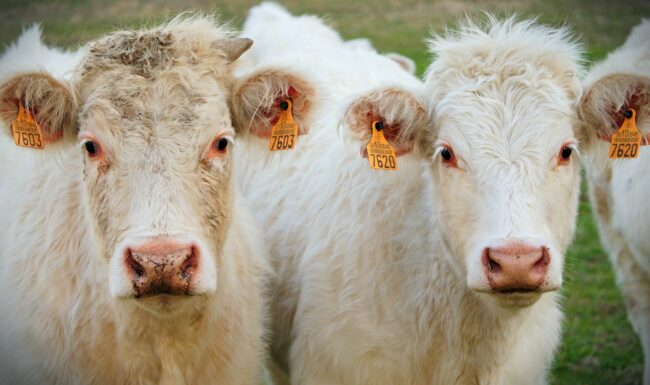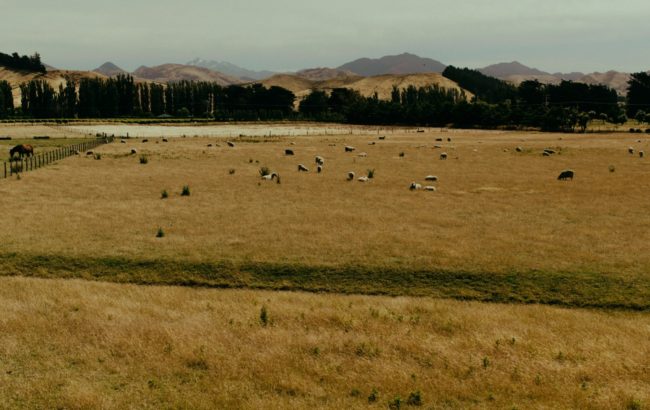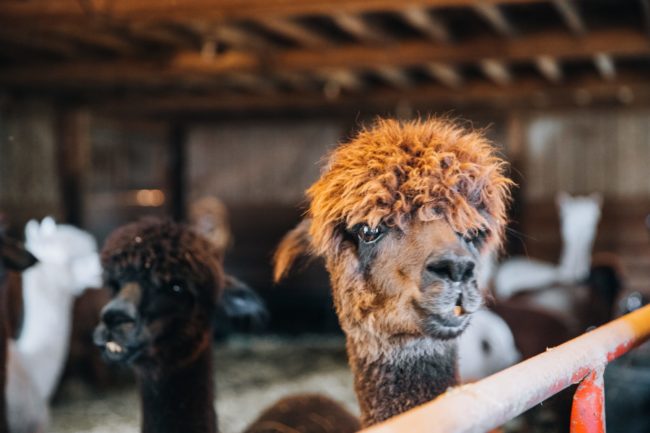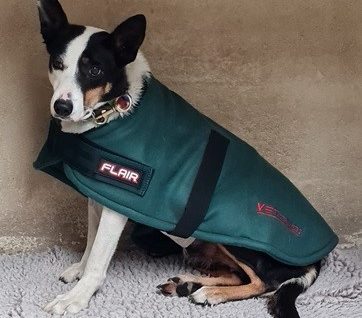Farming in Challenging Times
Anyika Scotland was recently involved in the Hawke’s Bay Farming for Resilience pilot project to help Hawke’s Bay sheep and beef farmers navigate challenging weather and economic conditions. The project is producing monthly reports from February through to July 2024, providing evidence-based local information, insights and analysis across three common farm types (summer dry…



